One of Australia’s most striking Second Life locations is Melbourne Laneways on ABC Island.
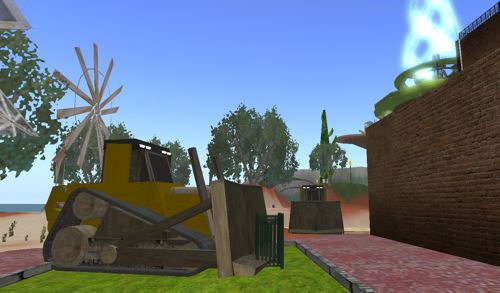
It was launched in October 2007 as a joint initiative of the ABC and Multimedia Victoria. Unfortunately, its days are numbered, with the build being eliminated in the next week or two according to ABC Admin, Wolfie Rankin.
The upside will be the increased space for new developments on ABC Island but it’s fair to say that Melbourne Laneways will be missed. It will also provide an unfortunate perception that Second Life is continuing to dwindle as a desirable virtual world location.
Some further shots of Melbourne Laneways for posterity:
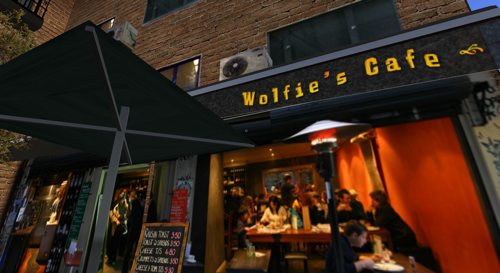
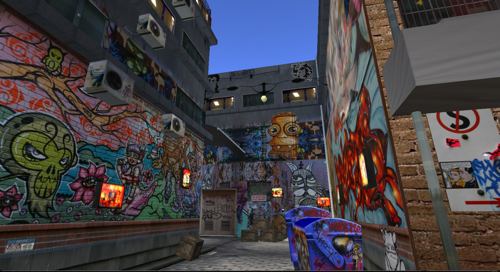
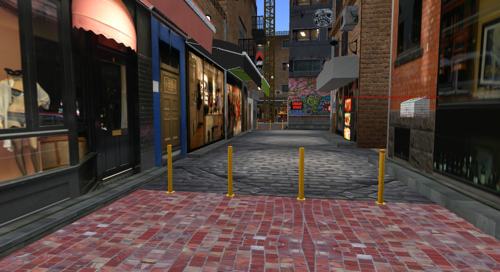
Check it out in-world while you can.
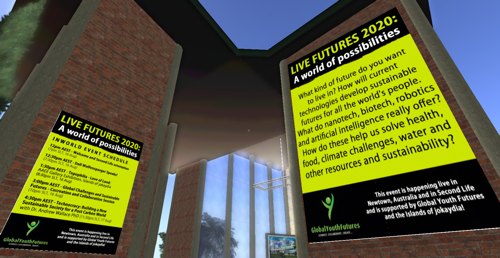
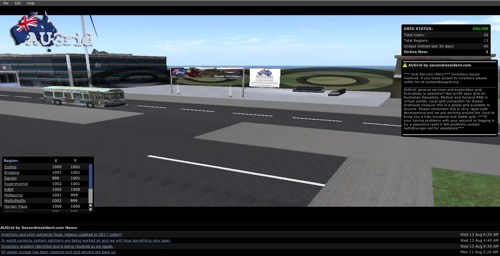

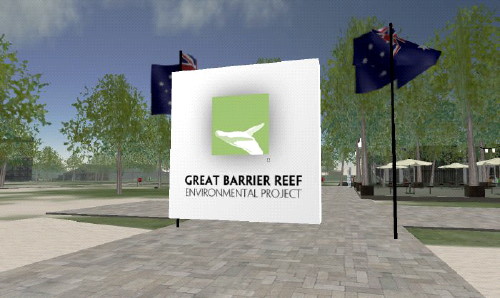
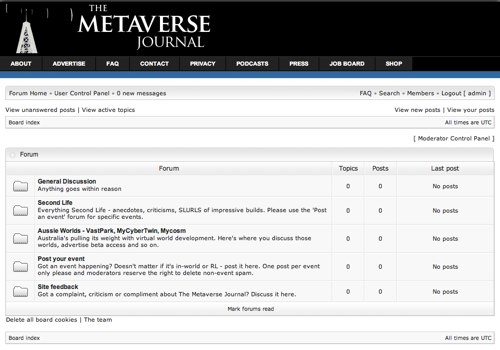
Recent Comments